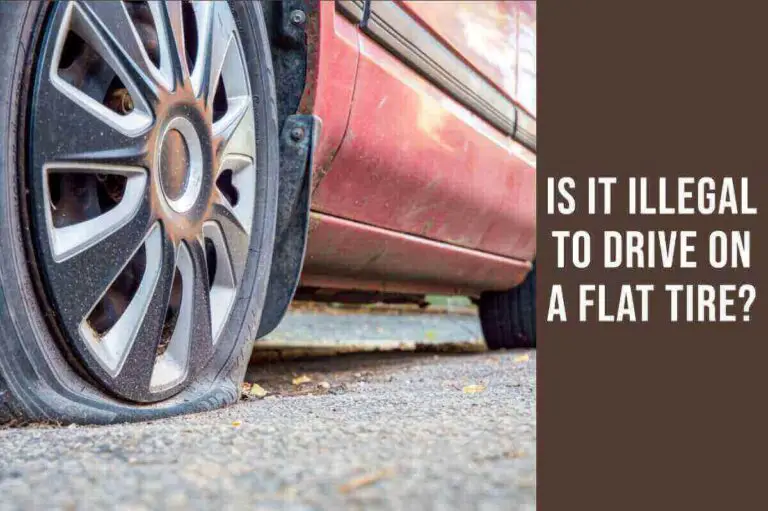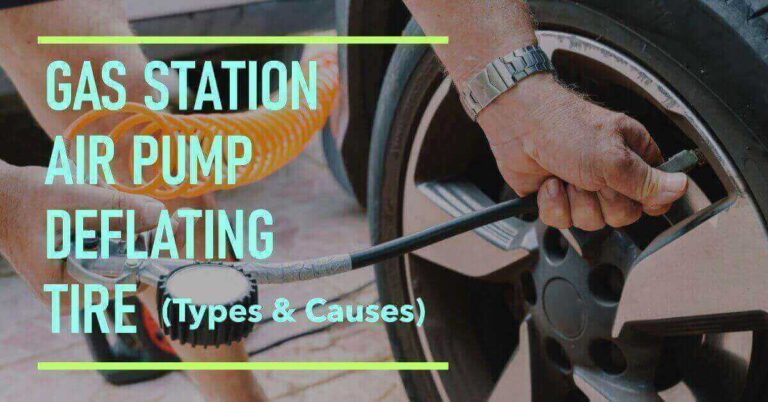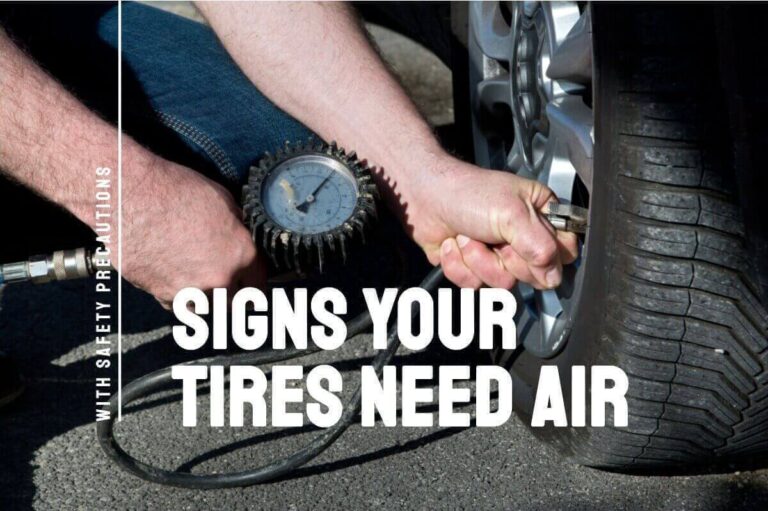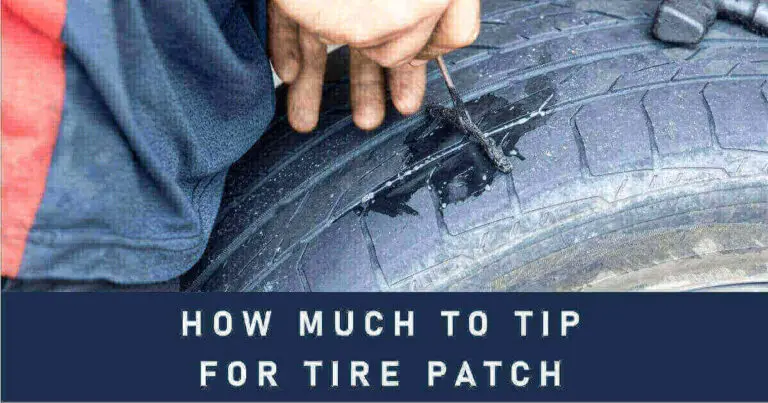When hitting the road, unexpected situations can arise at any time. One such condition is driving on a spare tire highway. Whether you encounter a flat tire or a blowout, being prepared and knowledgeable about handling emergencies is crucial for your safety.
In this beginner’s guide, we will explore everything you need to know about driving on a spare tire highway, from preparing your spare tire to staying safe on the road.
Importance of a Spare Tire
Having a spare tire in your vehicle is like having a lifeline during a roadside emergency. When you experience a flat tire or a blowout, a properly inflated spare tire can help you get back on the road quickly. It is vital to inspect your spare tire regularly to ensure it’s in good condition and ready for use when needed.
Driving on a Spare Tire Highway – Preparing Your Spare Tire
Before hitting the road, take the time to inspect your spare tire. Check the tire pressure using a gauge and ensure it matches the recommended pressure stated in your vehicle’s manual. Additionally, inspect the tire for any signs of wear, such as cracks or bulges.
If the spare tire shows any signs of damage or is significantly worn, replacing it with a new one is recommended. Remember to check the condition of the jack and lug wrench as well, as these tools are essential for changing a tire.
Changing a Flat Tire – Step-by-Step Guide
If you find yourself with a flat tire driving on a spare tire highway, knowing how to change it safely is crucial. Follow these steps:
- Find a safe location to pull over, preferably on level ground away from traffic.
- Activate your hazard lights to alert other drivers.
- Apply the parking brake and place wheel chocks behind the tires to prevent the vehicle from rolling.
- Retrieve the spare tire, jack, and lug wrench from your vehicle.
- Locate the jacking points underneath your vehicle and place the jack correctly.
- Begin raising the vehicle using the jack until the flat tire is slightly off the ground.
- Loosen the lug nuts with the lug wrench but wait to remove them.
- Once the lug nuts are loosened, lift the vehicle off the ground using the jack.
- Remove the lug nuts and take off the flat tire.
- Mount the spare tire onto the vehicle and hand-tighten the lug nuts.
- Lower the vehicle using the jack until the spare tire touches the ground.
- Tighten the lug nuts in a crisscross pattern using the lug wrench until they are secure.
- Lower the vehicle ultimately and remove the jack.
- Double-check the lug nuts’ tightness before driving.
Driving on a Spare Tire – Important Considerations
It’s important to remember that a spare tire is designed for temporary use only and should not be driven on for extended periods or at high speeds. Spare tires are typically smaller and have different performance characteristics than regular tires. Keep the following considerations in mind:
Reduced speed
Drive at a moderate speed when using a spare tire. Most spare tires have a speed restriction indicated on the sidewall, typically around 50 mph (80 km/h).
Limited distance
Spare tires are not intended for long-distance travel. Driving to the nearest tire shop or service station is recommended to have your tire repaired or replaced.
Handling differences
Spare tires may handle differently from your regular tires, especially in terms of traction, braking, and cornering. Adjust your driving accordingly and maintain a safe following distance.
Seeking Professional Assistance – When to Call for Help
While changing a flat tire on your own is a valuable skill, there are situations where professional assistance is necessary. Consider calling for help in the following scenarios:
Lack of experience
If you’re not confident in changing a tire or have never done it before, it’s best to seek professional help.
Unsafe conditions
If you’re in heavy traffic, in adverse weather conditions, or on an unstable surface, it may be safer to let trained professionals handle the tire change.
Damaged spare tire
If your spare tire is damaged or not suitable for use, it’s advisable to call for assistance rather than risking further damage or compromising your safety.
Preventative Measures – Minimizing the Risk of Flat Tires
Preventing flat tires is always preferable to dealing with them on the road. Here are some preventative measures to keep in mind:
Regular tire maintenance
Inspect your tires regularly for signs of wear, maintain proper tire pressure, and ensure your tires are correctly aligned and balanced.
Avoid road hazards
Be cautious of potholes, sharp objects, and debris on the road. Try to steer clear of them whenever possible.
Emergency kit
Keep an emergency kit in your vehicle, including a flashlight, reflective triangles, a tire pressure gauge, and a can of tire sealant or a tire plug kit.
Conclusion
If you’re prepared and knowledgeable, driving on a spare tire highway can be a manageable experience. Remember to inspect your spare tire regularly, learn how to change a flat tire, and follow the recommended precautions when driving on a spare tire. By being proactive and taking the necessary steps, you can ensure your safety and get back on the road swiftly during unexpected tire emergencies. Stay safe and drive responsibly!
Frequently Asked Questions (FAQs)
Can I drive on the highway with a spare tire?
Yes, you can drive on the highway with a spare tire, but it is generally recommended to drive at reduced speeds and for a limited distance. Spare tires are designed as temporary replacements and may not offer the same performance and durability as regular tires.
How fast can you drive on a spare tire in KM?
The maximum safe speed for driving on a spare tire is typically lower than the speed recommended for regular tires. While it may vary depending on the specific tire and manufacturer’s guidelines, it is generally advised to drive at speeds no higher than 80 kilometers per hour (50 miles per hour) when using a spare tire.
What is the maximum distance I can drive on a spare tire on the highway?
The maximum distance you can drive on a spare tire varies depending on the type of spare tire and the manufacturer’s guidelines. However, driving at most 50 to 70 miles on a spare tire is generally advised. It’s essential to consult your vehicle’s manual for specific recommendations.
What is the difference between a spare tire and a donut?
A spare tire is a full-size, regular tire that matches the specifications of the other tires on the vehicle, providing normal driving performance. A donut, or compact spare tire, is a smaller, temporary tire meant for short distances and reduced speeds until a regular tire can be repaired or replaced.
Can I use a compact spare tire on the highway?
Compact spare tires, also known as “donuts,” are intended for temporary use only. While they can be used on the highway, it’s important to remember that they are designed for limited mileage and lower speeds. Compact spares should not be driven over long distances or at high speeds. Replacing the compact spare with a regular tire is advisable as soon as possible.







